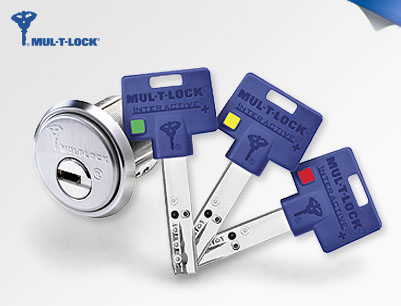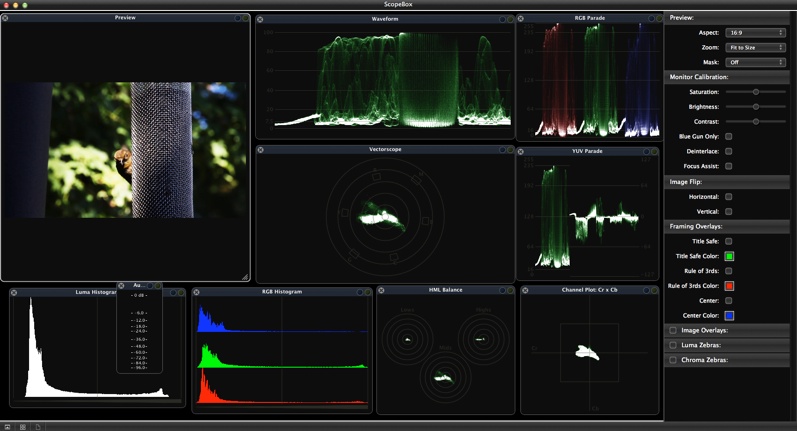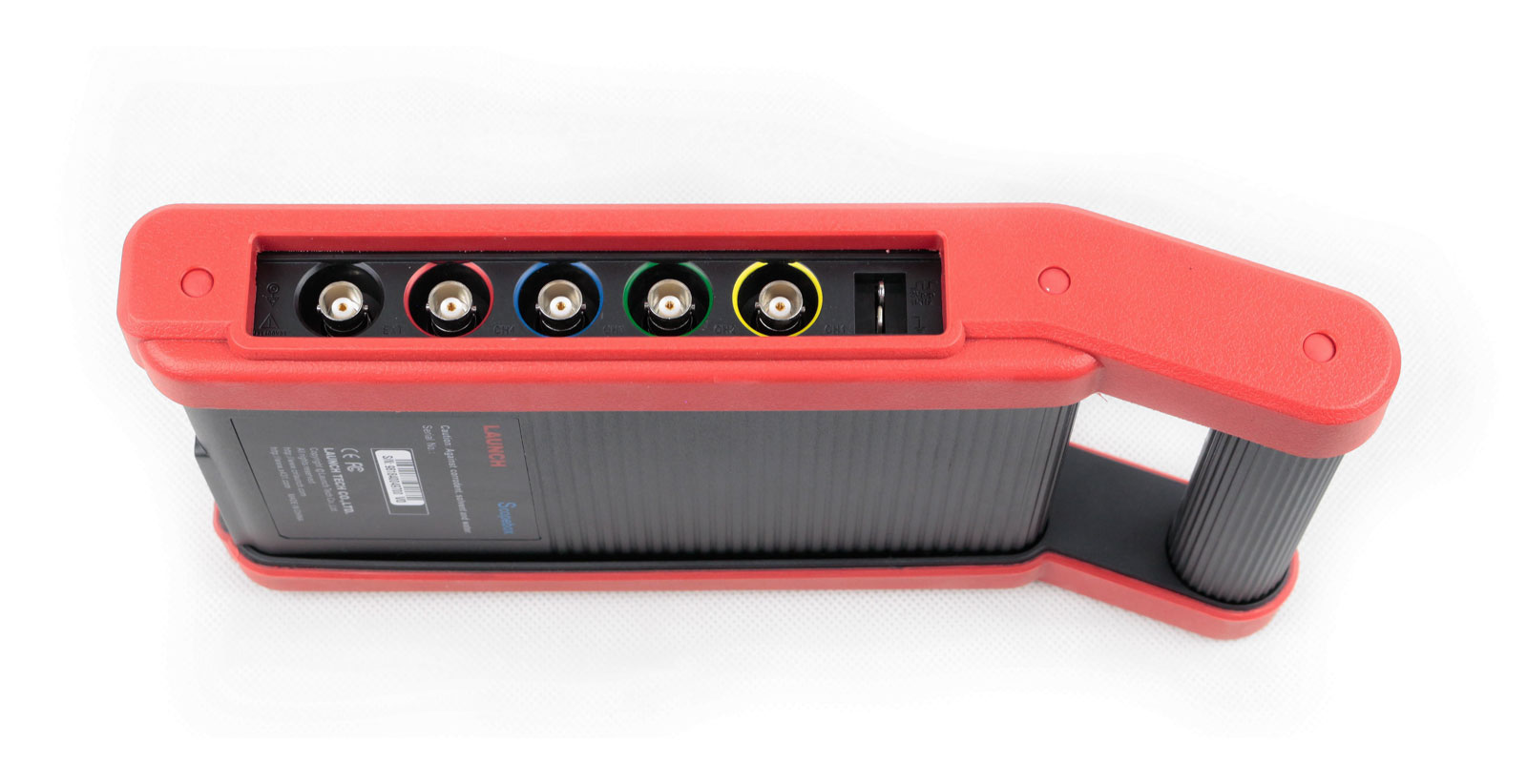


We want to make our tasks so that they’re simple to build and still show some value, so it’s a good idea to define tasks by acceptance criteria.

How we break up tasks has a huge impact on how we reassemble them together later into a system. Breaking tasks down is not a matter of simply lopping them up into tinier pieces. Task breakdown is as much an art as it is a science. Working in the small means we’re getting feedback constantly, and we’re building our features as we go instead of doing a big bang release. Working in the small means breaking tasks down into their smallest components so they can be built easily and still show some value. Generally speaking, we want to keep iterations as short as possible because the secret of iterative development is that it gets you into the discipline of working in the small. Therefore, improving the requirements process can significantly increase a team’s overall productivity. Requirements are also one of the largest contributors of bugs to a system. Requirements consume a significant amount of resources to gather, write down, and then later read, interpret, and build. Building to quarterly releases is just long enough that it demands requirements to be written down then later read and interpreted. The shorter the iterations, the less infrastructure is needed to support development. This is a big improvement over annual release cycles, which is how many companies operated in the past, but it’s still not ideal. Iterations generally last from one to four weeks. Then the next batch of work is planned, executed, and reviewed, and so on. It is not a race but rather a process so I prefer the XP term iteration over the Scrum term Sprint.īoth iterations and Sprints are examples of time boxes where work is done within fixed time intervals and then it’s reviewed. That’s not how I view iterative development. I am not a big fan of the term Sprint because it connotes the idea of hurrying through.
Keying in scopebox series#
By integrating with the X-431 series scan tools via O2-2 application, it delivers accurate and conclusive diagnostic faults that enable the shop and technician to enlarge their scan tool's functionality.ġ.Features the ability to record and playback high-resolution waveform data for future analysis.Ģ.One key enable function allows users to capture a particular waveform which makes the process 70% more efficient as compared to other scopes.ģ.Access to 23 variants of automatic measurements that are displayed on one screen for an easy switch.Ĥ.Ability to input names and characters directly by clicking on the virtual keyboard, this operation streamlines the process and contributes to 90% efficiency.ĥ.Use the zoom in/out feature to review precise details.Ħ.Customizable personal system settings that can be saved as configuration files for viewing.ħ.The self-calibration function allows optimization of the oscilloscope signal path for maximum measurement accuracy.Ĩ.Magnifies waveform math operations, such as addition, subtraction, multiplication and FFT function for high level waveform analysis.ĩ.Multiple automotive tests include circuits, sensors, actuators, ignition tests and more.Both Extreme Programming (XP) and Scrum have the notion of time boxing. LAUNCH X431 O2-2 Scopebox Oscilloscope (4 Channels) analyze data Solving Complex Electrical Faults for launch PAD V /PAD VIIįeaturing a new design and upgraded hardware, the LAUNCH O2-2 Scopebox is a versatile and easy to use add-on module that can detects high level faults on various electrical components, such as sensors, acturators and circuits.


 0 kommentar(er)
0 kommentar(er)
